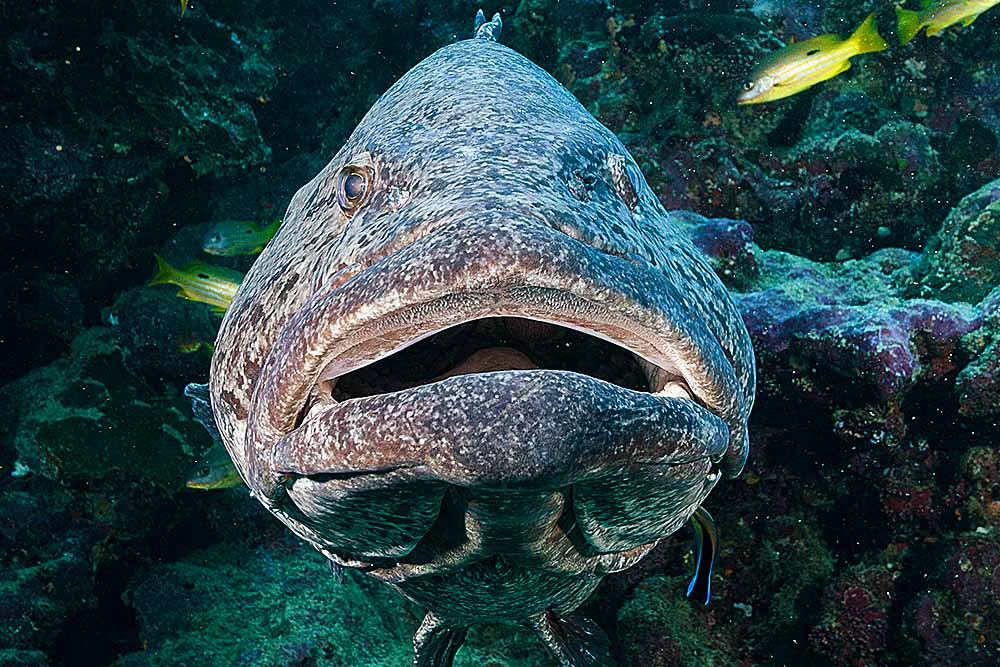About The Images
All images of terrestrial animals and birds were taken without baits, calls or other forms of coercion. The sometimes necessary evil of tracking collars used by researchers have not been used in any way, nor have drones or other forms of invasive animal detection and tracking.
Often images are taken from a blind, varying from commercial photo blinds, vehicles, camouflage cloth or constructions of natural materials.
Wherever possible animals are found, approached, photographed then left without them being aware of my presence. Where an animal is aware of me, efforts are made to ensure that they don't feel cornered, coerced, harassed or intimidated. Relying on their natural behaviour, including curiosity and/or their foraging tactics, is always preferred to reduce subject distance.
Bird nesting sites, breeding dens or other fragile situations are given extra consideration and space. If I see any sign of discomfort to my presence by a nesting/breeding animal, I immediately leave the area. You will not find any images of small bird species nesting.
Nesting turtles and other reptiles are taken during their coma-like state when laying, without touching them or disturbing their natural behaviour.
Wild animals are never "friendly" or "tame". They either tolerate you, stalk you or flee. They live in the real world where survival is always at the forefront of their behaviour. Feeding any animal interferes with that natural behaviour. Don't feed the animals. In the long run, it always ends badly, usually with the animal killed to protect people or being struck by a vehicle.
Create your personal image collection from the thousands of images in the gallery. That abbreviated collection will be used in the shop.
You can add images any time by returning to the gallery, or delete images by clicking/touching on the "X" icon below each image in your collection.
For a cleaner view of an individual image in the gallery, click/touch it to see it in an individual view with a dark background. Click/touch it again to go back to the previous gallery page.
Your collected images will appear in the Prints page or via dropdown lists in the shop.
After paying for your order, don't forget to press the Oder button to send the email with your full order and details.
In a similar way, the stock library lightbox function allows you to create a curated and abbreviated collection. You will have the opportunity to select images from that lightbox to use in a smaller collection in the stock image order page where you can specify the type of use and order files sized appropriately for each use.
After payment is made, send the email, which automatically contains your order, by clicking/pressing the Order button.
The Simple Search bar can be used to search for individual species. For best results, use the taxonomic name for your animal search as common names are neither specific, accurate or consistent.
Simple Search looks for the exact text you input, not keywords. Capitalisation is not relevant. Use single spaces between words. Don't punctuate.
Any questions, queries or requests can be made via the Contact page.

